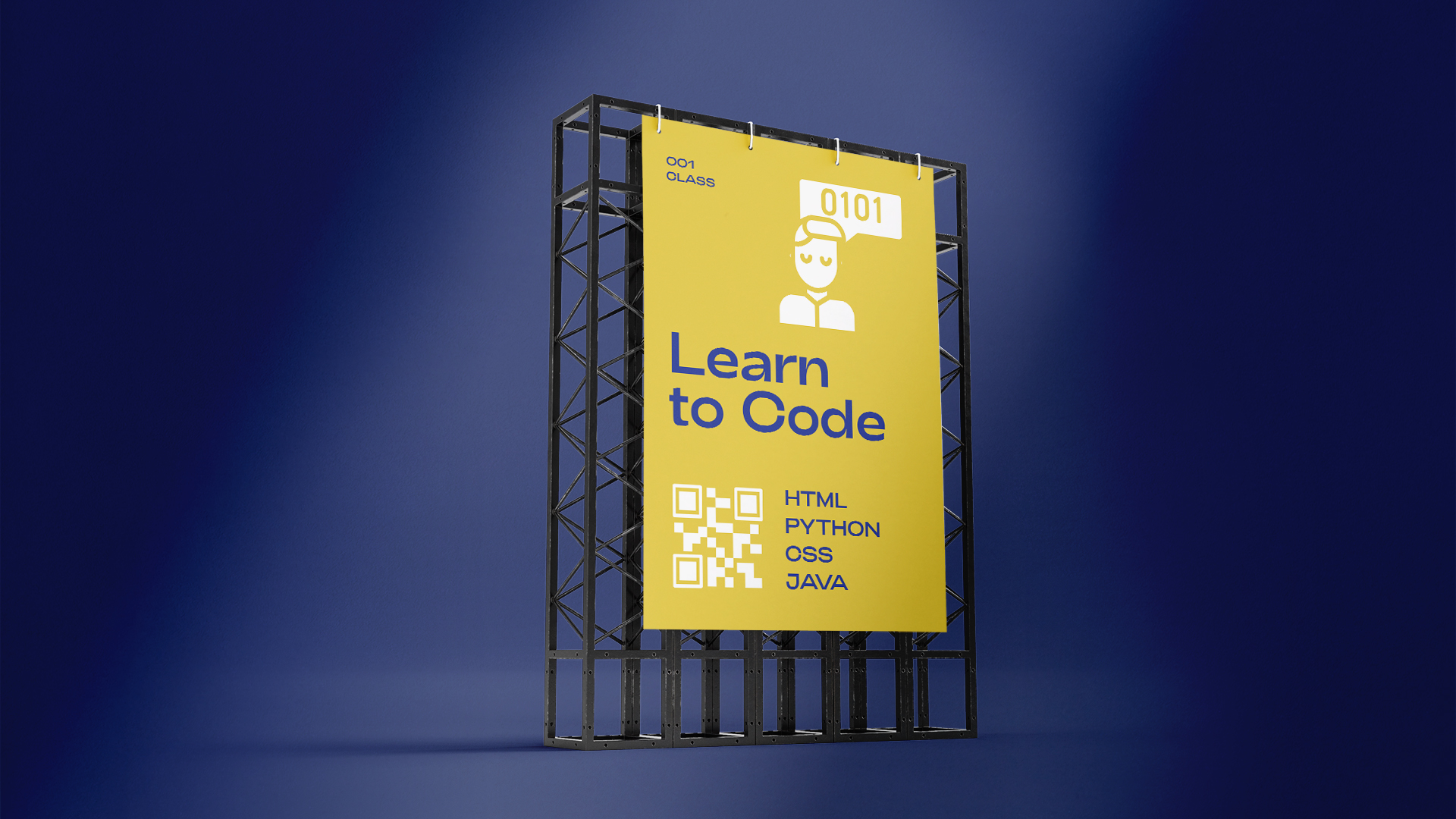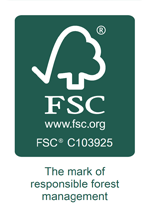Large format printing
Introduction
Large format printers are used to make signs, banners and other displays. The paper and ink sizes are very large for large format printing. Large format printers use giant inkjet spraying heads to print on large sheets of paper or vinyl. The main types of large format printers are UV-cured printers (also known as solvent-based or eco-solvent-based), solvent-based or eco-solvent-based printers, thermal transfer printers and dye sublimation printers.
Large format printers use giant inkjet spraying heads to print on large sheets of paper or vinyl.
Large format printers use giant inkjet spraying heads to print on large sheets of paper or vinyl. These printers are used for signs, banners and more.
Large format printers are ideal for printing high quality graphics on a large size. In the past decade, they have become popular with sign makers because they can print up to 36” wide rolls of vinyl or other materials. They can be great for indoor signage like trade show displays as well as outdoor billboards and highway signs that need to be seen from far away.
Large format printing is also known as wide format printing.
Large format printing is also known as wide format printing. It’s used for creating large images, diagrams and illustrations. The main difference between it and other types of printing is that large-format printers print directly onto roll paper rather than paper sheets. This allows you to achieve high-quality results with a variety of finishes, including smooth matte or glossy coatings. You can also add special effects like embossing or hologram lamination if you need them for a particular project.
The wide range of media available for large-format printing means that your options are almost endless when it comes to choosing a material for your design work: from wood veneer posters (often used in exhibitions) to wall decals (which can be removed after use), there are many possibilities out there!
The paper and ink sizes are very large for large format printing.
Large format printing is the process of using high-resolution inkjet printers to print on very large pieces of paper. The paper sizes for large format printing range from 50″ to 80″ wide, and the inks can be as wide as 12″. Minimum print size is 12″x12″, with a maximum size of 80″x80″.
Large format printing is used for signs and banners, vehicle graphics and wraps, wallpaper, murals, fine art prints, trade show graphics, backlit film and floor graphics.
Large format printing is used for signs and banners, vehicle graphics and wraps, wallpaper, murals, fine art prints, trade show graphics, backlit film and floor graphics.
The larger the format size you want to print on your large-format printer (or if you need a custom size), the higher the price per square foot. As you increase in size from standard poster board to corrugated plastic or even steel or aluminum sheeting, so does the cost of your material. You can also expect to see an increase in maintenance costs since these materials do not like heat/sun exposure or moisture as much as paper does.
There are two main types of large format printers.
There are two main types of large format printers. The first uses UV-cured inks and is the most common type in commercial printing. UV printers use a photoinitiator material and an ultraviolet (UV) light to cure the dye and form a solid layer on the substrate, which then adheres to the previous layer being printed. Ultraviolet curing is fast, so these printers can create full-color prints quickly (especially when compared to other types).
UV-cured printers.
UV-cured printers use UV-curable inks. UV-curable inks are typically solvent-based, which means they can be used to print on a wide variety of materials, including paper and vinyl. However, UV-curable inks aren’t recommended for use on fabrics because the ink may not dry properly and will leave a sticky residue when exposed to moisture.
Solvent-based or eco-solvent-based printers.
- Solvent-based or eco-solvent-based printers. These are the most common printers used for large format printing, but they’re also the most expensive. Eco-solvent based inks cost less than solvent based inks, but they won’t last as long or print as well on some surfaces (like canvas).
- Thermal transfer printers use heat to transfer dye directly onto an object like textile fabric or paper. This is a great option when you want to print on a large number of small objects like business cards, badges and more—the prints will be consistent and accurate every time!
Length and width are the two dimensions to consider when choosing a printer size.
When deciding on which printer size to purchase, consider both length and width.
The length of a large format printer is the distance from the edge of the paper to the edge of the printer. For example, if you have an 8′ wide banner and want to know how many feet long it will be when printed, use your ruler and measure from left to right. The length measurement would be 8′.
The width of a large format printer is just as important as its length because there are different sizes that can accommodate your project needs. The most common sizes for these machines include: 24”x36″, 36”x48″, 48”x72″ and 60”x96″ among others.
Large format printers are used for signs, banners and more.
Large format printers are used for signs, banners and more. These machines can print any shape or size you need, making them ideal for vehicle graphics and wraps, wallpaper, murals, fine art prints, trade show graphics, backlit film and floor graphics.
There are two main types of large format printers: direct-to-substrate printer systems (D2S) and indirect printers that use inks. D2S machines print directly onto the substrate material without an intermediate substrate like vinyl or paper. Indirect printers require an undercoat that serves as a base for the image layer to be printed on top of it.
Conclusion
We hope you’ve enjoyed learning about the different types of large format printers. There are many choices, but if you want to print in a large format then it’s important to choose one that works for your needs. We hope this article has helped you learn more about the world of large format printing and what options there are out there for your projects!




